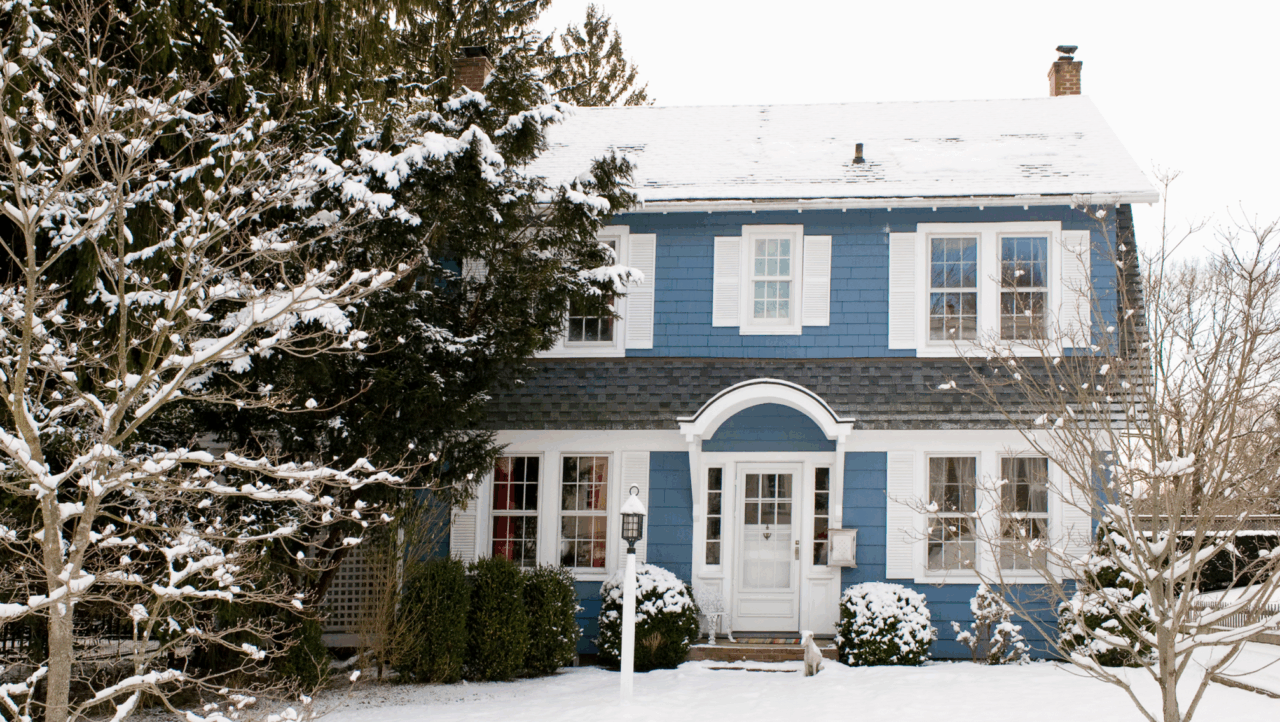Priced Out of Your Local Market? Telework May Be Your Ticket to Homeownership.
Renters in costly cities may have the flexibility to move — and buy — in more affordable areas if telecommuting is a viable long-term option.


Written by Jessica Rapp on January 13, 2021
If you’re one of the millions of renters whose workplace shifted from an office pod to your kitchen table, you might be surprised to learn that your flexible work situation could open up new opportunities for buying a home.
A Zillow analysis found that nearly 2 million renters living in some of the nation’s largest — and more expensive — metro areas could afford to buy an entry-level home if they took advantage of their newfound flexibility to move themselves (and their now untethered job) to a cheaper locale.
According to the research, millennials, the generation spanning ages 26 to 40, could potentially benefit the most from the shift to telework. They represent half of the 1.92 million telecommuting renter households who could afford a starter home if they relocated.
Of course, most people don’t want to live just anywhere. There are family and friends considerations, lifestyle preferences and broadband needs.
But if you have the option to work remotely, and yearn to own a home even though you can’t afford one where you live, you might explore what your paycheck could buy elsewhere.
So where might a buyer-curious teleworking renter look to find a more affordable home?
If you enjoy city living, you might want to consider some of these cities from the top 10 list of affordable U.S. suburbs with a city feel:
- Waterbury, CT — typical home value of $139,304
- Joliet, IL — $155,018
- Pasadena, TX — $168,080
- Hampton, VA — $188,373
- Norman, OK — $180,833
If you’re looking for a sweet combination of fast internet and housing affordability, check out this list of 25 metros. The values have changed since the list was first published, but they’re still below the $262,604 median value of all U.S. homes as of October 2020:
- El Paso, TX — typical home value $143,989
- Pittsburgh, PA — $174,771
- Chattanooga, TN/GA — $186,944
- Kansas City, MO/KS — $220,301
- Jacksonville, FL — $246,484
If you’re one of those truly adventurous souls who can make a home anywhere, explore all homes under $130,000, anywhere in the U.S. You’ll be amazed where your search takes you.
How affordability is measured
Nationally, the typical entry-level home is currently valued at $131,740. That’s less expensive than the entry-level homes in 37 of the nation’s 50 largest metro areas, where most U.S. jobs are located.
A home is generally considered affordable if you spend no more than 30% of your income on monthly rent or mortgage payments. Anything above that will cut into the money you need to pay for food, transportation and other necessities, according to financial experts.
To get a sense of what a $131,740 house would cost each month, we’ll use a realistic example of a buyer who puts down 20% — or $26,348 — toward the purchase price and pays for the rest with a 30-year mortgage that has a 3.3% interest rate. That buyer would pay $462 a month toward the mortgage, plus a share of the annual homeowner’s insurance premium and property tax bill, which vary for each house. (Check out our Mortgage Calculator to see how the amounts change based on different home prices, down payments and interest rates. The calculator also will give an estimate of taxes and insurance.)
Ability to move for an affordable home depends on industry, city
To determine the number of renters who could become homeowners simply by moving, Zillow analyzed data on renter households who earn enough to afford the typical U.S. home, but who can’t afford a starter home where they currently live. The analysis then looked at the likelihood that renters in those households would be able to telecommute based on their income, occupation and industry.
According to Zillow’s analysis, “Close to half (43.6%) of U.S. workers are in occupations in which teleworking is at least theoretically feasible.” While only a fraction of those workers currently telecommute, many companies are rethinking the distribution of their workforce. If telework becomes more of a norm, millions more Americans will have greater choice over their home and home finances, the report concludes.
In general, a renter in most of the nation’s 50 largest markets is not likely to achieve homeownership merely by moving to the suburbs — in 30 of these markets, starter homes are actually more expensive in the suburbs than within the city. That said, there are some places where a simple local move might work. Cities with the largest share of renters who might find affordable homes outside city limits, but still within the metro area, are San Francisco, Seattle, Washington, D.C., and Boston — which consistently rank among the nation’s most expensive housing markets.
In other markets, including Minneapolis, Phoenix and Denver, you can find less expensive starter homes inside the city limits rather than the metro at large. The analysis also found 13 metros where home values for starter homes are below the U.S. median of $131,740, which makes it less likely that renters will leave those areas to search for entry-level homes elsewhere.
Resources:
- Mortgage Calculator: See how interest rates and down payment amounts change the monthly payment.
- Affordability Calculator: Learn what might be affordable for you based on your income and debts.
- Buyers Guide: If you’re starting to think about buying, this guide covers all the ins and outs of the buying process.
- Internet & TV Deals: View available providers and see how much internet you need in your area.
Tags
A local agent can help you stay competitive on a budget.
They’ll help you get an edge without stretching your finances.
Talk with a local agent


